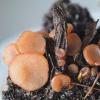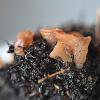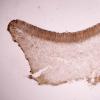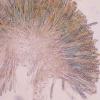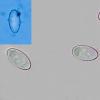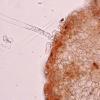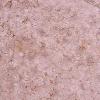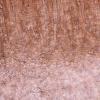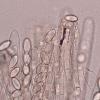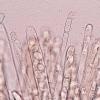
15-12-2025 15:48
 Danny Newman
Danny Newman
Melanospora cf. lagenaria on old, rotting, fallen

15-12-2025 15:54
 Johan Boonefaes
Johan Boonefaes
Unknown anamorph found on the ground in coastal sa

15-12-2025 21:11
 Hardware Tony
Hardware Tony
Small clavate hairs, negative croziers and IKI bb

15-12-2025 07:09
 Danny Newman
Danny Newman
indet. Rutstroemiaceae sp. on unk. fallen leavesMc

15-12-2025 07:05
 Danny Newman
Danny Newman
Pseudosclerococcum golindoi (det: Zotto)near Cosb

15-12-2025 11:49
 Danny Newman
Danny Newman
ITS sequences from the following two collections B

15-12-2025 12:34
 Danny Newman
Danny Newman
indet. Rhytismataceae on oak leafnear Purchase Roa

09-12-2025 12:06
 Andgelo Mombert
Andgelo Mombert
Bonjour,Je recherche l'article concernant Hypobryo

Dear Forummembers
I've a problem with an asco on riched soil (flowerpot), sclerotia not observed.
Apothecium: 2- 8 mm diam.; 1- 6 mm high, first turbinate then turbinate to discoid narrowed into a tapering stipe.; disc with a depression; pink brown; margin even and a little outwards reflexed; outside flocculose, dark pink brown.
Section:
-medular excipulum: elongated cells, tended to textura epidermoidea
-ectal excipulum: textura subglobosa to textura angularis : outside with yellowbrown elongated excipulumcells; broadened at the top
Margin: transition between paraphyses and elongated excipulumcells:-7 septate ; cilindric, subclavate, subcapitate; yellowbrown
Spores in water : 16-20(22)x(9)9.5 10 µm : smooth (also in cottonblue); eggutulate but small polair zone with diffuse droplets
Asci: 250-300x14-16 µm operculate; ascuswall amyloid in Melzers reagens;(ascustop didn't shows the typical Peziza darkblue top).
Paraphyses: agglutinated,cilindric; 6µm ; top broadened to-8 µm; light brown vacuolair pigment; -5 septate
Discussion:
Peziza fimeti: typical dark blue ascustop is missing , also without oildrops but different in medular excipulum? Does there exist a Peziza fimeti complex as a friend of my give me that suggestion?
Pseudombrophila-like but this genus is without amyloid ascuswall and asci < 200 µm
Pachyella: different hair outgrowths, spores with two oildrops
Thanks for any reaction.

I am surprised about the obviously multinucleate spores containing at least 4 nuclei. I remember this as a rare feature in Pezizales, occurring in Sarcoscyphinae and perhaps a few other groups. In Syllabus I wrote for both Ascobolaceae and Pezizaceae the the spores were uninucleate.
Maybe there occur exceptions....
Zotto

- color of apothecia;
- size of ascospores;
- pattern of amyloid reaction;
- asci with croziers.
No idea of what it can be, maybe an exotic species...

Thanks for your interesting addtions and info.
Lieve
